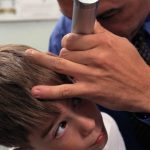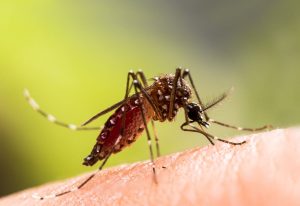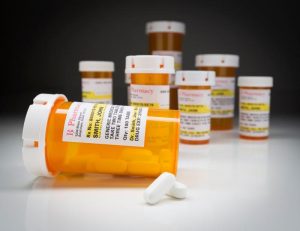A pair of special headphones plus a free app might help kids with hearing difficulty due to “glue ear,” a new, small study suggests.
Glue ear is slang for a condition called otitis media with effusion (OME), where thick fluid builds up in the middle ear. It’s very common in young children but strikes older kids as well, and often occurs after a cold or sore throat. Usually, the fluid goes away on its own in four to six weeks.
Sometimes, though, the buildup persists for months and may impair hearing — which can be a big problem for young children developing their language skills, and for older kids in school.
The standard way to manage those cases is by surgically implanting a tiny tube in the opening of the eardrum to drain the fluid from behind it. It stays in place for six months to a year, when it naturally falls out.
Still, there’s a need for alternatives, according to the researchers on the new study.
One reason is because even in persistent cases, the middle-ear fluid usually goes away within 3 to 12 months, said lead researcher Dr. Tamsin Brown, a pediatrician with Cambridgeshire Community Services in Cambridge, England.
Plus, she noted, ear tubes do carry some risks.
“Around 1% of tube operations leave a hole in the eardrum, which may need a further operation to close,” Brown said.
Occasionally, she added, the tubes do not fall out when they are supposed to and need to be surgically removed.
And in the United Kingdom, Brown said, there’s a waitlist for tube insertion procedures. During that time, kids with hearing difficulty may be falling behind in language development or schoolwork.
“In short, I’m pretty sure we would give a child a pair of glasses if they couldn’t see that well for a few months,” Brown said.
In the study, Brown and her colleagues recruited 26 children, ages 3 to 11, who had OME that was causing hearing problems. Most were on the waitlist for ear tubes, but at the time of the study — the first wave of the COVID pandemic — those services had ground to a halt.
So Brown’s team sent parents a “kit” meant to ease hearing issues in the meantime. It included a headset to be used along with a free app called Hear Glue Ear, which Brown helped create.
The headset consists of a wireless microphone and “bone conduction” headphones — which are marketed to cyclists because they direct sounds from cell phones straight to the inner ear’s cochlea, without blocking out sound from the environment.
Brown’s team found that before receiving the wireless kit, parents of most of the kids — 23 of the 26 — said their child “often” or “always” had trouble hearing. Those problems improved greatly, however, once families started using the kit: Parents of 22 children said their child “rarely” or “never” had hearing difficulty when using the headset and app.
Brown said the tactic could help families manage hearing issues “simply and affordably” — the headphones cost around 100 pounds, or $136 — and possibly allow some kids to avoid ear tube surgery.
U.S. experts said they could see the approach being useful in certain instances. But they stressed that parents should always first see their child’s doctor about any hearing difficulties.
An advantage of ear tubes is they “solve the problem itself,” versus just targeting hearing issues, said Dr. Meredith Lind, an otolaryngologist (ear-nose-throat specialist) at Nationwide Children’s Hospital in Columbus, Ohio.
And in the United States, she noted, kids generally do not have a long wait time for ear tube placement.
“But I do think there could be a place for this,” Lind said.
As long as kids are under medical care, and having their hearing issues followed, Lind said, the wireless kit tactic might be “reasonable” for some.
Those points were echoed by Dr. Alyssa Hackett, a pediatric otolaryngologist at the New York Eye and Ear Infirmary of Mount Sinai in New York City.
“If you have any concerns about your child’s hearing, talk to your child’s doctor,” she said.
Skipping ear tubes may prolong the presence of fluid in the ear, Hackett noted, but that may be fine for some older kids who are only having hearing difficulty and whose families prefer to avoid tube insertion.
“There’s probably no harm in it as long as your child is under medical care,” Hackett said.
The findings were published Oct. 4 in the journal BMJ Innovations.
More information
Children’s Hospital of Philadelphia has more on otitis media with effusion.
SOURCES: Tamsin Mary Holland Brown, MD, community pediatrician, Cambridgeshire Community Services, Cambridge, U.K.; Alyssa Hackett, MD, assistant professor, otolaryngology, Icahn School of Medicine at Mount Sinai, pediatric otolaryngologist, New York Eye and Ear Infirmary of Mount Sinai, New York City; Meredith N. Merz Lind, MD, department of pediatric otolaryngology, Nationwide Children’s Hospital, associate clinical professor, otolaryngology, Ohio State University College of Medicine, Columbus, Ohio; BMJ Innovations, online, Oct. 4, 2021
Copyright © 2024 HealthDay. All rights reserved.

-300x200.jpeg)









-300x241.jpeg)




